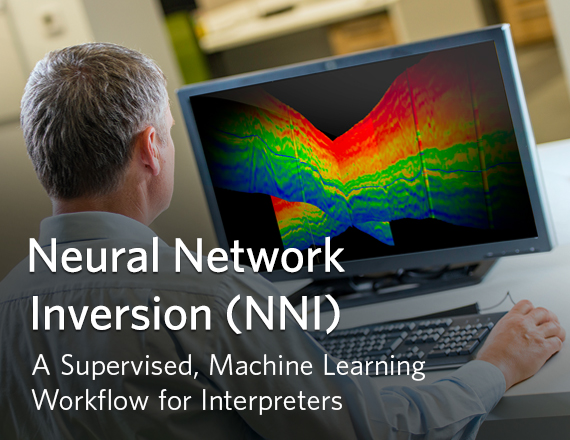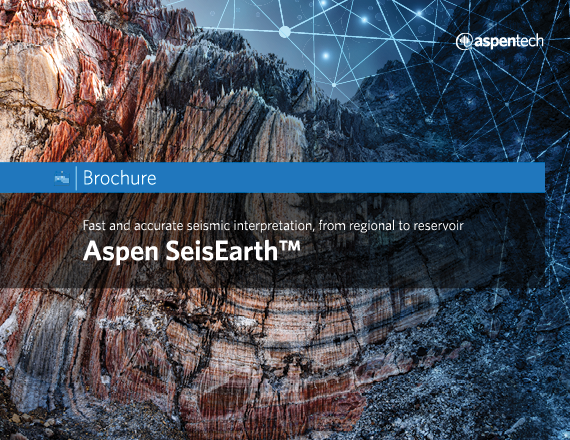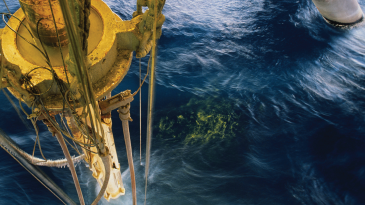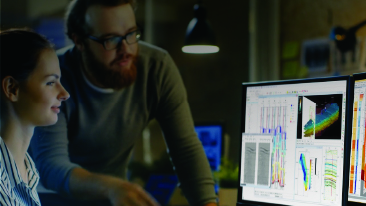Aspen SeisEarth™
Fast, multi-survey structural and stratigraphic interpretation and visualization, enabling multiple users to collaborate in a single shared environment.
A One-Stop Shop for Interpreters
One Platform for Both Simple and Advanced Interpretation
A comprehensive, integrated solution for seismic interpretation, including industry-leading facies classification and volume visualization workflows.
Informed, Collaborative Decision Making
Regional-to-prospect scale interpretation and visual integration. Easily share projects and data with other team members, with no duplication.
Enhanced Productivity and Efficiency
Interactivity and consistency between views accelerate the interpretation process, taking full advantage of high-speed graphics, large memory and fast connectivity of modern workstations.
Efficient Data Management and Interoperability
Connectivity to OSDU® Data Platform and third-party databases enables quick project start with minimal preparation.

Predict Rock Property Volumes from
Seismic Attributes
Aspen SeisEarth features a workflow for interpreters that uses a neural network to predict log properties away from existing wells.
- Fast: Reduces inversion project turn over compared to traditional amplitude inversion methods
- Efficient: Generates multiple rock property volumes simultaneously, directly from seismic attribute volumes
- Easy: Requires no QI expertise

Accelerate digitalization to achieve sustainability goals and drive operational excellence.

Aspen SeisEarth is a one-stop shop for interpreters. This integrated solution suite provides fast, multi-survey structural and stratigraphic interpretation and visualization from regional to reservoir, enabling multiple users to collaborate in a single shared environment.
.png?h=415&w=675&la=ru&hash=CC5110939D3B2B85FE91989C8BB4E2E0)





